BLOG
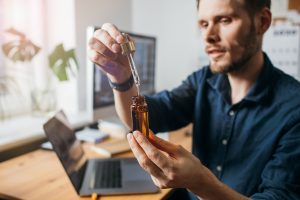
CBD Isn’t Addictive: Derivation and Overdose Myths
In part one of this two-part blog series, we went over some basic answers to a simple question: Is CBD addictive? All the research we

CBD Isn’t Addictive: Addiction Mechanisms, CBD Basics
We get a lot of questions about our CBD products from those who are new to this area and looking to learn more, and one
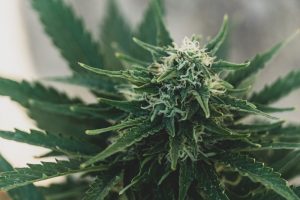
Terpenes in CBD: Isolates, Terpenoids and Overall Benefits
In part one of this two-part blog series, we went over some basics on the role of terpenes in both the cannabis plant and resulting
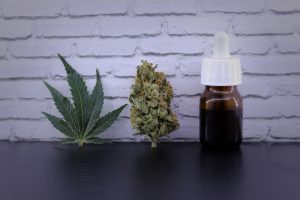
Terpenes in CBD: Basics, Importance and Types
Those who are new to the CBD world might be getting exposed to a few unique terms they haven’t seen before, and a good example
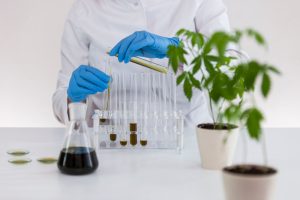
CBD Extraction: Solvents and the Dry Ice Method
In part one of this two-part blog series, we went over some of the basics on how CBD is extracted from the cannabis plant. CBD,
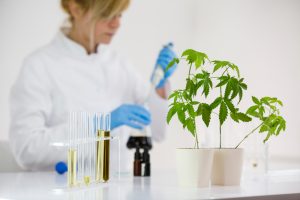
CBD Extraction: Basics, Themes and C02 Method
While many who use CBD are primarily interested in potential benefits such as reducing anxiety, depression, pain, and many others, there are also many interested
